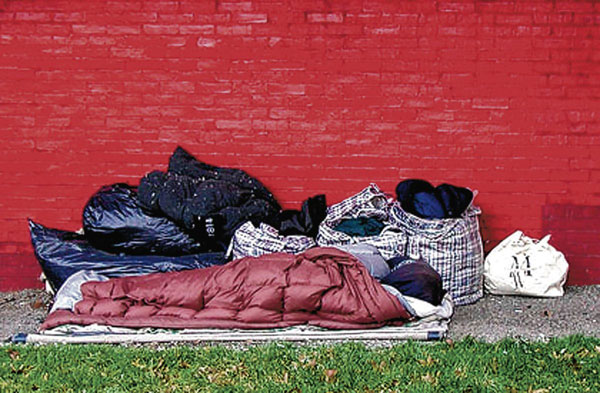By Gina Martinez
A new study by the Citizens Committee for Children revealed that Astoria and Jackson Heights have experienced a significant increase in homelessness.
The nonprofit’s study, entitled “Keeping Track of Family Homelessness in New York City,” analyzed the relationship between income and family homelessness in New York City. The study also examined the risks to well-being faced by children and families living in communities with the highest rates of families entering homeless shelters.
According to the study, family homelessness grew in some middle- and upper-income areas like Chelsea in Manhattan and Astoria in Queens, where there are pockets of high poverty. Although these pockets are often found in areas with a concentration of public housing, there is also a limited number of Section 8 voucher utilization, rent-stabilized housing, and homeless prevention services, the study said.
Jennifer March, executive director of the nonprofit, said the study is vital as the city seeks to carry out its community-oriented approach to serving homeless families.
“It’s critical to examine what is driving housing instability among families living across all New York City communities and to identify where more resources are needed to better meet the needs of the children and families at risk of homelessness and in the shelter system,” March said. “More than six years into the recovery from the Great Recession, there are many community districts in New York City where the number of homeless families continues to rise and the dynamics playing out in these neighborhoods are as diverse as the communities themselves.”
In the communities with the highest rates of family homelessness, children and families are faced with a number of risk factors, including poor infant health, lack of access to early educational resources and exposure to domestic and community violence, the New York City organization said.
The study revealed that no district in the city has experienced as great a difference between declining incomes and rising rents than Astoria. The committee said this may be a factor in explaining the increase in homeless families with children from 2013 to 2015. The study said the median income for families with children in Astoria declined 14 percent, from over $59,000 to just over $51,000, while median rents rose 27 percent compared to before the recession in 2008.
These trends are similar, but not as drastic, in other Western Queens neighborhoods such as Sunnyside, Jackson Heights and Elmhurst, which all experienced increases in the number of families with children entering homeless shelters from 2013 to 2015, the study showed. In 2013 family homelessness was nearly non-existent in Sunnyside, with just 13 families from the community entering homeless shelter, but that number more than doubled in just two years.
According to the committee, overcrowding, particularly rental overcrowding, which is prevalent in western Queens, is a pre-cursor to homelessness in addition to the declining income and increasing rents.
The nonprofit defined rental crowding as the share of rental households in which there is more than one person per room. It found that in Jackson Heights and Elmhurst about a quarter of households were overcrowded, compared to around 11 percent citywide.
According to March, ensuring that families have access to safe and stable housing is one of the key ingredients in efforts to make the city a better place for children.
“We look forward to advancing our recommendations for addressing family homelessness by promoting child and family well-being and ensuring the needs for housing, education, early education and other social services can be better met.” she said.
Reach Gina Martinez by e-mail at gmart



































